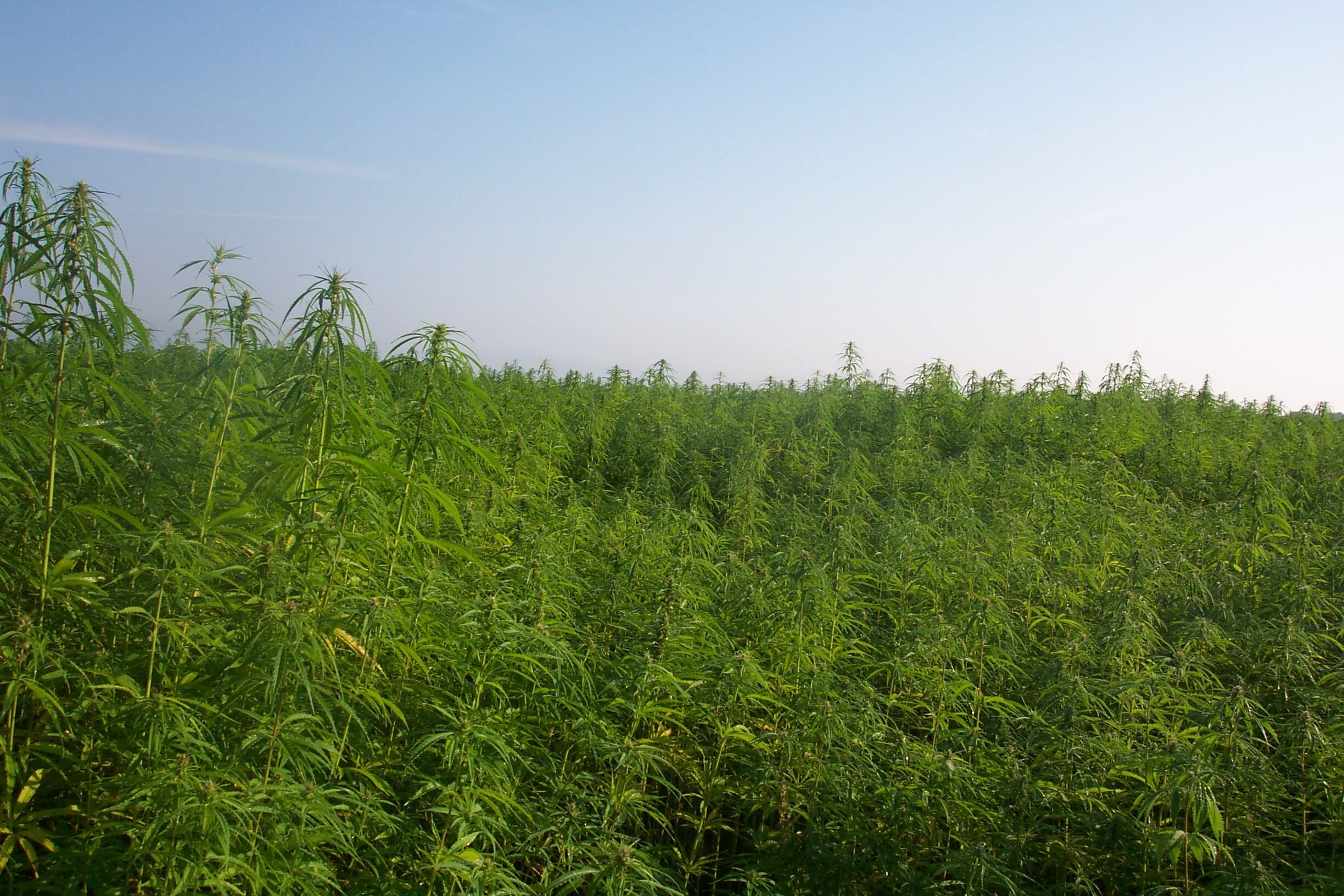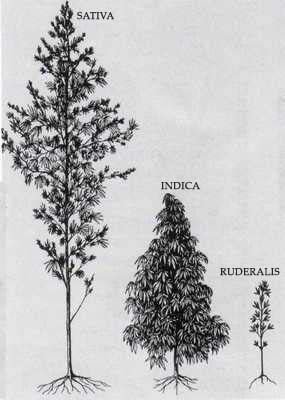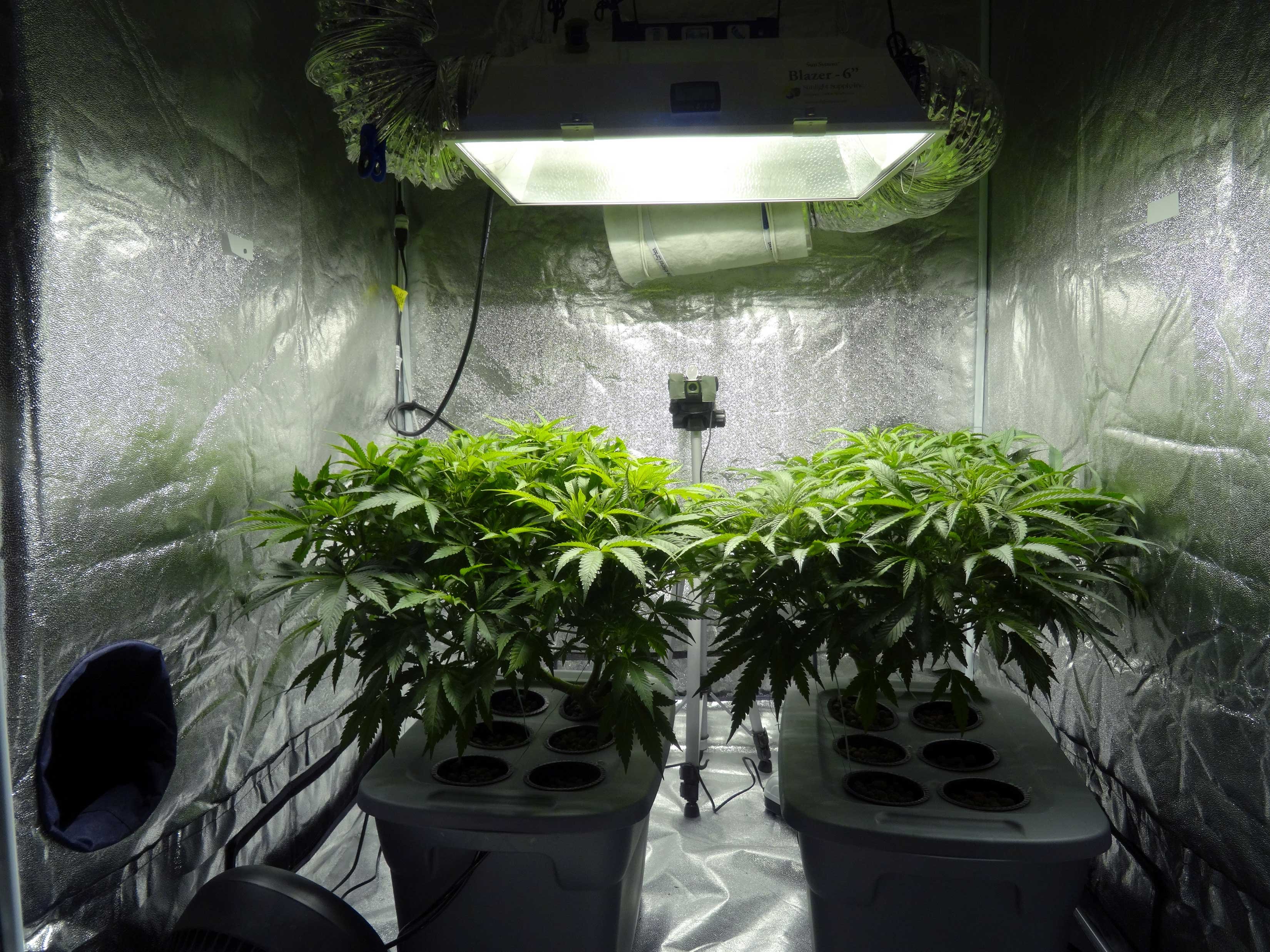Source: steemit.com
Since today is the first day of Hemp History Week I wanted to get things started off right, with a post to help clarify what is hemp and what is cannabis.

There are three species in the genus cannabis, the first classified in 1753 was cannabis sativa, followed by cannabis indica in 1785, and most recently cannabis ruderalis in 1942. C. sativa plants have traditionally been cultivated as a source for fiber, nutrient-rich seeds, oil, as well as its recreational and medical properties. C. indica plants, on the other hand, have traditionally been cultivated for the production of hash, which can be used either for recreational or medicinal uses. C. ruderalis has never been widely cultivated and is mostly used to cross-breed with indica and sativa strains to impart an auto-flowering trait. Normally, cannabis will only flower if the light conditions are right, ruderalis strains evolved in northern latitudes where there wasn't enough sunlight to consistently depend on for flowering cycles, leading them to flower based of time rather than light.

Since 1942, and the discovery of C. ruderalis, scientists and marijuana smokers alike have been using this three part taxonomy, but recent research calls it all into question. Geneticist and horticulturalist, Robert Connell Clarke was one of the first to challenge the accepted taxonomy,alleging that all cannabis is C. indica, with four distinct sub-species, other than the European hemp which is the only real C. sativa. Clarke bases his theory on research done by the geneticist and horticulturalist Dr. Karl Hillig, who did genetic analysis of hundreds of cannabis plants and released his findings in a 2004 study and a follow up in 2005. Hillig originally mentioned four sub-species of indica in his 2004 study, but revised it to reflect the current indica, sativa, ruderalis taxonomy in his 2005 follow up study.
In 2014, this revised taxonomy was thrown into upheaval as John McPartland, a researcher affiliated with GW Pharmaceuticals, presented a new taxonomy at the 2014 meeting of the International Cannabis Research Society, showing that the proper nomenclature is C. indica (formerly called C. sativa), C. afghanica (formerly C. indica), and C. sativa (formerly C. ruderalis). McPartland is the first researcher to look at genetic markers on the three species of cannabis and to use the plant's genome to identify where it originated. In august of 2015, a group of Canadian researchers looked at the genetic differences between marijuana and hemp. They found that, while vast genetic differences do exist between strains, there was no consistency, such as the example of a Jamaican pure sativa strain found to be identical to an Afghani pure indica strain. The science behind how we should refer to different species of cannabis is still uncertain, all we know is that we have a lot to learn still.

Now, you might be wondering, after all this talk about cannabis, when will I begin talking about hemp. Brace yourself – we already have been – hemp is cannabis, and cannabis is hemp. Hemp is just a layman's distinction to refer to any one of those three species of cannabis bred for industrial uses like fiber or oil production, rather than for hash production. The 2014 Farm Bill passed by the US Congress allows for greater access to hemp for research purposes, and defines hemp as any cannabis plant containing less than 0.3% THC, this codified the layman's distinction between hemp and cannabis into law. America is not alone, the Canadian study on cannabis taxonomy also noted that the Canadian government also uses this 0.3% figure to demarcate hemp from cannabis. The reason why 0.3% is the distinction between hemp and cannabis is because at less than 0.3% THC there should be no psychoactivity, reinforcing the idea that hemp is for industrial use and cannabis is for getting high.
Just because they are the same plant, does not mean they look the same (note the differences between that field of hemp and those cannabis plants being grown inside). Hemp tends to grow taller and stalkier than cannabis, whereas cannabis tends to more resemble a bush (though sativa plants look more hemp-like in this regard). Traditionally, C. sativa has been the cannabis of choice for breeding into hemp, due to its larger size and thus higher fiber yield per acre. If you are having a hard time wrapping your head around this one, think about dogs and cats. All dogs are one species but they have been selectively bred over countless generations by human interference; the same is true for all breeds of cats. Since all cats are one species and all dogs are one species this means you can breed hybrids, such as a husky/corgi. Nature didn't bred teacup mastiffs, that was done by humanity. Similarly, nature did not create any of the Franken-plants we know and love, like wheat, corn, or cannabis; that was all our doing and humanity is continuing to toy around with nature every day by influencing Darwinian natural selection.
All cannabis/hemp plants contain cannabinoids, but since hemp was bred for its industrial uses, like fiber, fuel, or food, it tends to have much lower percentages of all cannabinoids, not just THC. Due to the government's redefinition of hemp as any cannabis plant with under 0.3% THC, some hybrid strains bred from cannabis genetics have low enough THC to be called hemp. A notable example of outcome of this redefining is Charlotte's web, a cannabis strain made famous by a CNN special called "Weed," which is now to be referred to as hemp (under threat of lawsuit). This change obviously has nothing to do with the plant's genetics, and everything to do with marketability, and that today is the biggest distinction between cannabis and hemp - hemp can be sold internationally, but cannabis can't even cross state lines.
No comments:
Post a Comment